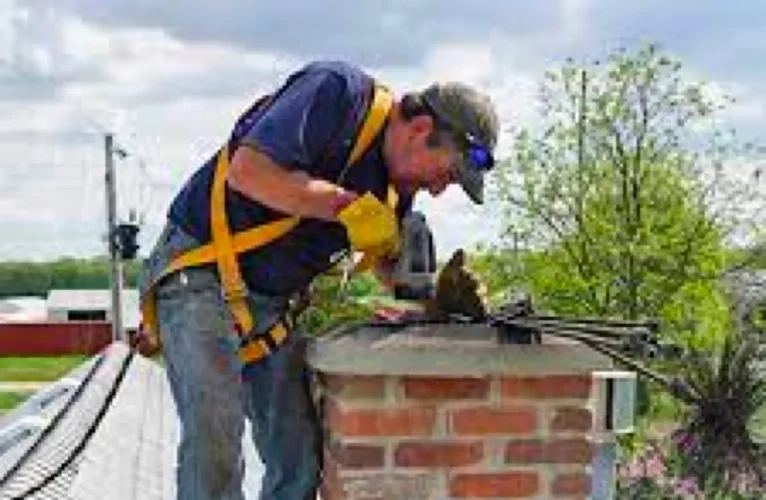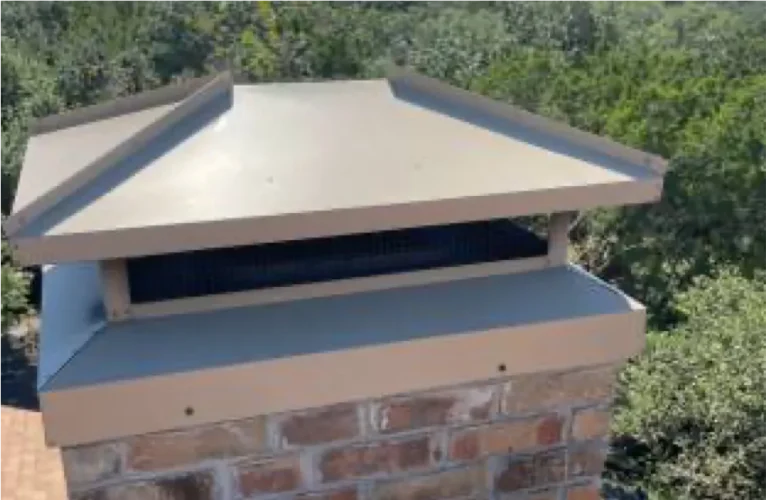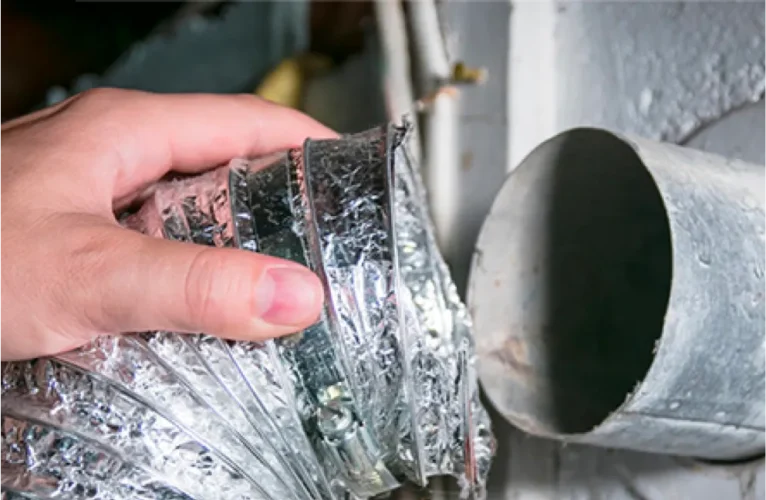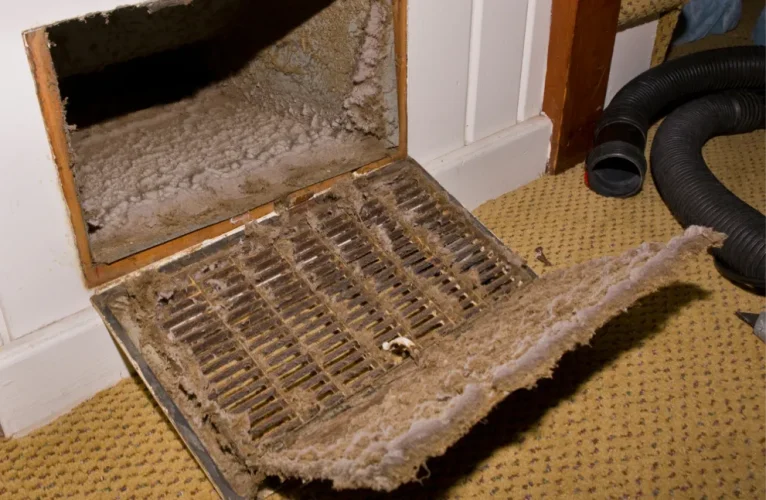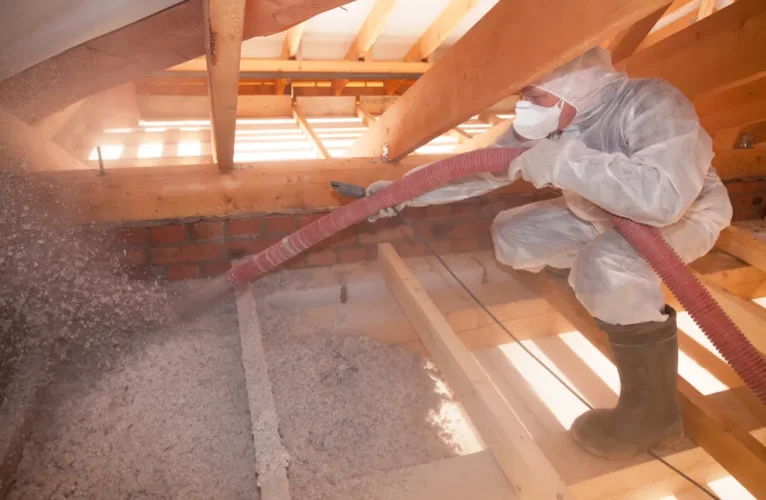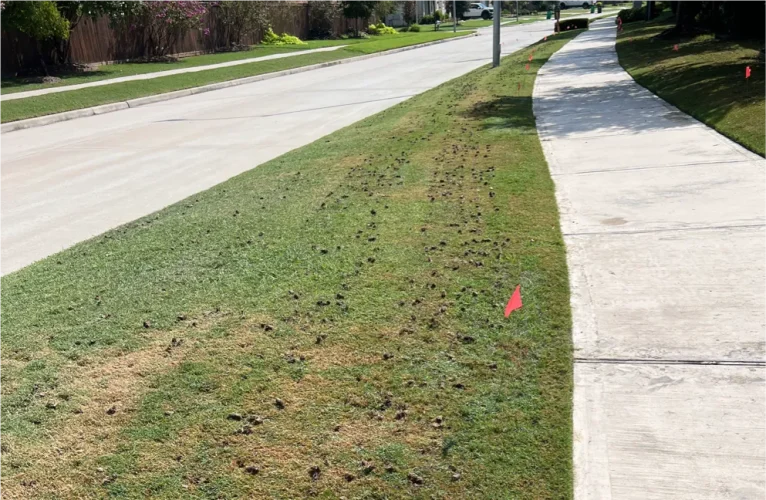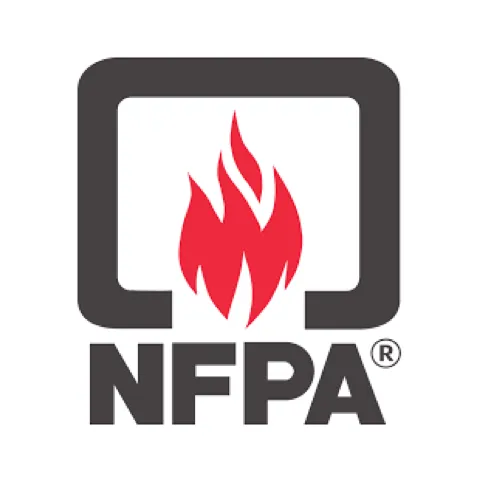Lawn Aeration and Dethatching
Lawn aeration and dethatching are essential for maintaining a healthy and lush lawn. Aeration promotes better air, water, and nutrient penetration into the soil, while dethatching removes layers of dead grass and debris that can suffocate your lawn. Together, they improve root development, enhance water absorption, and promote overall turf health.
The Process of Lawn Aeration and Dethatching
Maintaining a healthy lawn takes effort beyond just mowing and watering. After a while, soil can become compacted, making it difficult for your grass to get the air, water, and nutrients it needs to flourish. This is where aeration comes in—it gives your lawn a breath of fresh air.
In aeration, small holes are made in the soil, allowing essential elements to better reach the roots of your grass. Picture this: it’s like opening windows in a stuffy room to let fresh air in. These holes also provide space for the grassroots to grow without feeling smothered by tightly packed soil.
Now, what about dethatching? It removes the layer of dead grass, roots, and debris that accumulates on the surface of your lawn over time; essentially, it’s like clearing away all the clutter to make way for new growth. By doing so, you’re creating space for new grass shoots to develop and reducing the risk of disease due to excessive thatch build-up.
When we aerate our lawns and dethatch them regularly, we give our grass roots the best conditions to grow deeply and produce a vibrant green lawn. It’s all about setting up an ideal environment for your grass to thrive.
Preparing Your Lawn for Aeration and Dethatching
When it comes to improving our lawns, preparation holds a crucial place. Clearing away surface debris is essential before you commence aeration and dethatching. Stones, branches, and other items can obstruct the aerator’s tines and hinder its efficacy. Moreover, these obstructions may cause unnecessary strain on the equipment.
We all know how important it is to give our tools enough space to perform their duties effectively without added hindrances; the same goes for our lawns. By clearing away any obstacles and debris beforehand, we allow the aerator to work its magic more effectively. This bit of groundwork goes a long way in ensuring that your lawn reaps the full benefits of the aeration process.
Mow the Lawn
Another crucial step in preparing for lawn aeration is mowing the lawn. It’s crucial to trim the grass shorter than you would during regular mowing sessions. Why? Because a shorter length facilitates a cleaner and more precise aeration and dethatching process. When grass is cut shorter than usual, it allows better access to the soil beneath, ensuring optimal effects from aeration.
Overgrown grass may prevent the equipment from reaching the soil effectively, resulting in poor outcomes after aeration. Therefore, ensuring that your grass is trimmed short will offer better access to healthy growth in the future.
A well-maintained lawn not only looks good but also contributes positively towards overall health. By creating an environment that aids in water consumption and nutrient absorption, you’re setting yourself up for success in maintaining that lush green lawn you’ve always desired.
So often, simple preparations can make all the difference when it comes to major lawn care procedures like aeration and dethatching. And with these two steps – clearing surface debris and mowing your lawn, you set yourself on a path toward not just healthier grass but also reaping optimal benefits from these processes!
Understanding these foundational principles sets the stage for deeper insights into machinery and techniques integral to effective aeration and dethatching practices.
Aeration and Dethatching
When it comes to lawn care, the type of aeration and dethatching equipment you choose can make a major difference in maintaining a healthy, lush green lawn that you’ll be proud of.
Aeration Equipment
Aerators come in various types. Spiked shoes are great for small, hard-to-reach areas but are not ideal for larger lawns. Hand aerators work well too, but they require quite a bit of elbow grease. On the other hand, plug aerators are much faster and remove small plugs of soil throughout your lawn, which allows water, nutrients, and air to reach the grassroots more easily, promoting healthier growth.
Motorized aerators come in two main types: core aerators and slice aerators. Core aerators remove small cores or plugs of soil from the lawn. Slice aerators use rotating blades to cut through the soil and remove thatch at the same time. Our personal favorite among these machines is the plug aerator for most homeowners; it’s easy to use, effective, and suits lawns of varying sizes.
Dethatching Methods
Dethatching is an equally important aspect of lawn maintenance. A dethatching rake could be sufficient for smaller areas with moderate thatch build-up. However, on larger lawns with thicker thatch layers, power rakes or vertical mowers are more efficient. Power rakes have sharp flails that rotate to lift away the thatch layer effectively without damaging the grass plants underneath. Vertical mowers use vertically oriented blades to cut through thick layers of thatch and bring them up for removal.
Our experience leads us to believe that power rakes strike a balance between efficiency and gentleness when dealing with heavy thatch layers.
Understanding these tools’ purpose and their potential impact on your lawn’s health makes the decision-making process simpler.
Benefits of Aeration and Dethatching
We all desire vibrant, healthy green lawns. But have you ever wondered about the contribution of aeration and dethatching to this? It turns out that these practices offer several key benefits which are crucial for a lush and thriving lawn.
Enhanced Nutrient Absorption
When we aerate our lawn, it’s akin to opening tiny windows in the soil. This makes way for nutrients, air, and water to sink deep into the ground, reaching the root zone more efficiently. Picture your grass receiving a healthy, nourishing meal right at the source—this is exactly what happens post-aeration.
With better nutrient absorption, your grass grows stronger and healthier, making it more resilient to potential stressors and environmental factors.
Improved Root Development
Aeration contributes to enhanced root growth by providing space for roots to expand and flourish. This encourages strong root systems that help your grass withstand dry spells and become less susceptible to diseases.
This means your lawn has the strength to endure dry conditions without becoming lackluster or turning brown. It’s like instilling resilience within your lawn from below ground level.
Thatch Reduction
Dethatching is essential for clearing away the layer of dead grass (thatch) that builds up on your lawn over time. This keeps pests and diseases at bay while ensuring that vital elements—air, water, and nutrients—can penetrate the soil more effectively.
Imagine if you couldn’t breathe properly because you were covered with a heavy blanket—it wouldn’t feel good at all! Similarly, too much thatch suffocates the grass and restricts its access to essential resources.
So whether you’re concerned about pest control or making sure that your grass gets everything it needs to thrive, dethatching is an essential aspect of maintaining a healthy lawn.
As you can see, both aeration and dethatching play crucial roles in promoting overall lawn health by ensuring better absorption of nutrients, fostering strong root development, and keeping potential pests and diseases at bay.
Common Problems and How to Counter Them
When it comes to maintaining a lush green lawn, certain common problems can thwart our best efforts. One such frequent issue is soil compaction. Over time, the soil underneath your grass becomes compacted—soil particles get squished too close together. This compression restricts the flow of water, oxygen, and nutrients to the grassroots.
So why does this happen? Foot traffic, heavy machinery, and even just rain can cause soil compaction. When the ground is too compacted, it takes more effort for the grassroots to get what they need. Aerating your lawn can help counteract this issue. By poking small holes in the ground, you are essentially loosening the compacted soil, allowing air and nutrients to seep through more easily and promoting strong root growth.
Excessive Thatch Build-Up
Another issue that commonly arises is excessive thatch accumulation. Thatch is a layer of dead grass stems, roots, and debris that builds up between the soil surface and growing grass.
While some thatch is normal and beneficial, an excessive build-up leads to problems. It forms a barrier between the grass and the open air, impeding water absorption and preventing essential oxygen from getting through. This negatively impacts the overall health of your lawn.
Imagine if your lawn was trying to take a deep breath but its airways were blocked by a thick layer of thatch. Thinning out this overgrowth ensures your lawn breathes easier!
To resolve this issue, dethatching is key. Depending on the severity of the build-up, it may require vigorous raking or dethatching machines to remove and loosen the compacted material so that air, water, and essential nutrients can establish direct contact with the grassroots. It’s important to remember that these problems are not always immediately apparent but can significantly affect the overall health of your grass over time.
Lawn Care: Best Practices and Troubleshooting FAQs
Maintaining a healthy and vibrant lawn brings a sense of pride and satisfaction. A well-kept lawn is an extension of our home, requiring a combination of knowledge, effort, and patience. Here are some best practices and essential tips to ensure your lawn looks lush and green throughout the year.
Watering: The Key to a Green Lawn
Lawn watering may seem straightforward, but it’s an essential aspect of maintenance that significantly impacts its health. Frequent, light watering encourages shallow root systems, making the grass prone to stress during dry periods. In contrast, infrequent heavy watering promotes deeper root growth that makes the lawn more resilient in the face of dry spells. The key is finding the right balance for your specific region. Pay attention to changing seasons and adjust your watering schedule accordingly; generally, deep and infrequent watering is better for overall lawn health.
Grass Type Selection: Catering to Your Climate
Selecting the right type of grass is vital for maintaining a lush and thriving lawn. Consider your region’s climate, soil type, sunlight exposure, and water supply when choosing the proper grass variety for your yard. For example, cool-season grasses like Kentucky bluegrass or fescue thrive in northern climates with cooler temperatures, while warm-season grasses like Bermuda grass or zoysia excel in southern regions with hot summers. Choosing grass types best suited for the local environment ensures optimal growth and resilience.
Understanding these crucial factors will help you address issues proactively, ensuring that you provide the optimal conditions for your lawn to flourish.
Maintaining a beautiful and healthy lawn requires understanding its unique needs and providing tailored care. With these tips in mind, you can ensure that your lawn remains lush and vibrant year-round.


